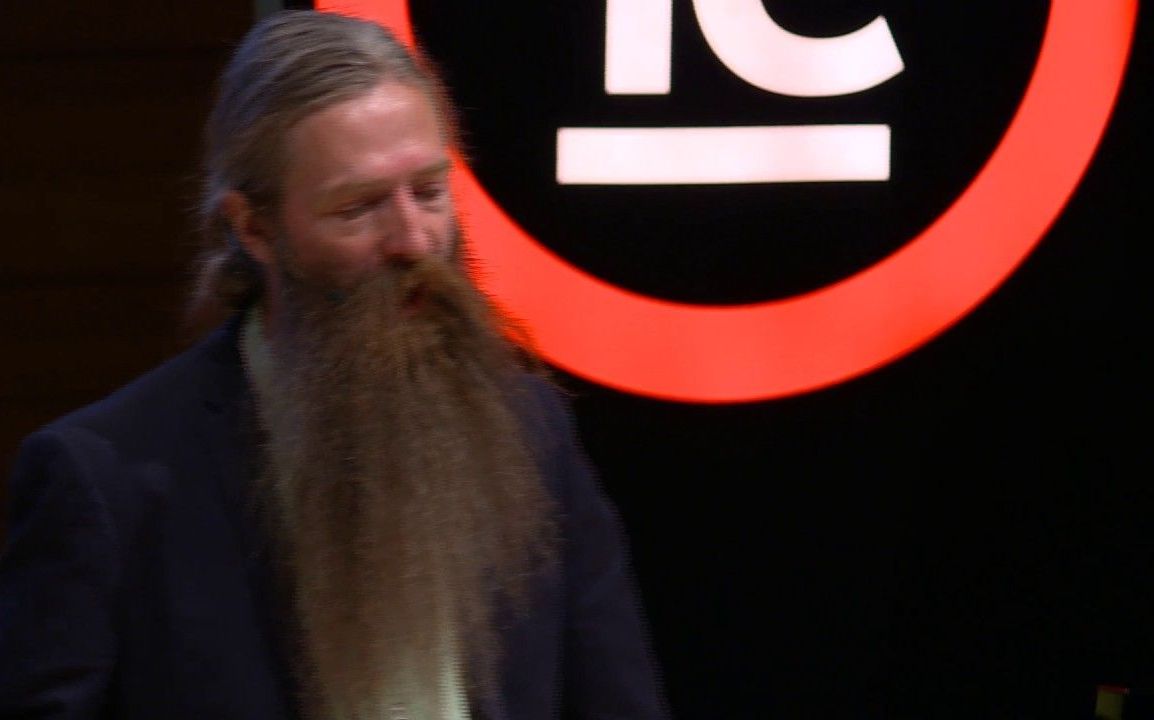Leading women’s magazine Marie Claire has a feature story on life extension out this month (approx 1.5 million circulation):
Forget about life after death. More and more, women around the country are seeking another kind of miracle: not dying at all.
What if you could hit the pause button on aging? Live to 120 without feeling a day over 80? More radical still, what if you could cheat death? Would you do it?
“Life extensionists” would. That’s the name modern immortality seekers now go by, and devotees range from those who’d like to live healthier lives into old age to the more extreme, who ardently believe that humans can, and should, overcome death the same way we’ve overcome, say, smallpox or tooth decay.
Life expectancy for women in the United States has risen steadily from 73 in the 1960s to 81 today, with those numbers continuing to increase thanks to a combination of biology and higher standards of living (not to mention the over 1,000 geneticists and biologists working in the longevity field). But life extensionists want more. They want to be cognitively and physically healthy for decades, if not centuries.
Read more









